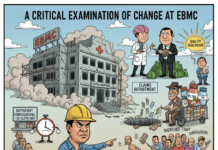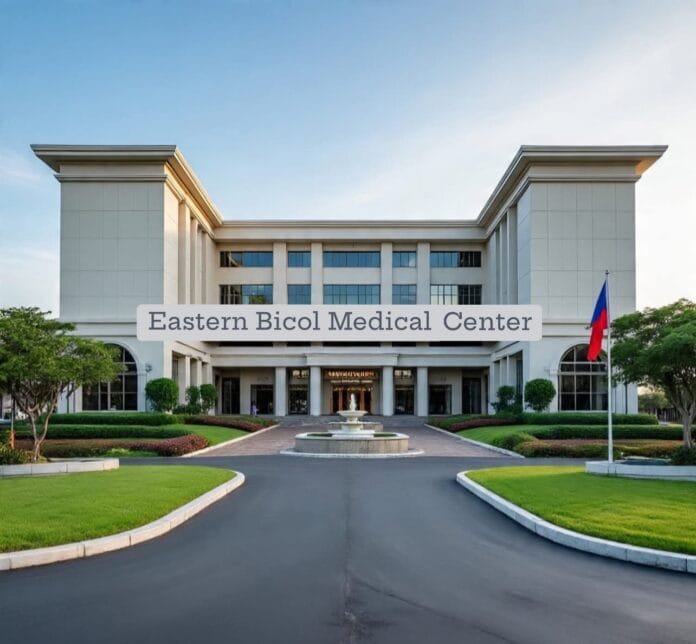As Governor Patrick Alain T. Azanza spearheads an ambitious plan to modernize the Eastern Bicol Medical Center (EBMC), a critical question has emerged: should the hospital be transferred to the Department of Health (DOH), or is it better for the provincial government to retain control?
At first glance, the idea of a DOH-run hospital is appealing. The agency is known for having larger budgets, more advanced equipment, and a greater number of specialist doctors—resources that a local government might struggle to provide. DOH management also suggests a higher standard of care, which would directly benefit patients.
However, direct management by the local government can sometimes be more effective. Governor Azanza’s immediate response to the EBMC’s problems is a testament to this. During a personal visit, he not only discovered issues like a leaking roof and clogged bathrooms but also the glaring problem of over 50 patients sleeping in the lobby while 10 rooms remained empty. The Governor’s swift action demonstrates a responsive leadership that can sometimes be lost within a large, centralized agency.
The transformation of EBMC, along with the plan to spend hundreds of millions of pesos, is a major undertaking. Therefore, the decision to transfer it to the DOH should not be rushed. This isn’t just about funding; it’s about direction, accountability, and service. A deeper discussion is needed among the Provincial Government, the DOH, healthcare professionals, and, most importantly, the people of Catanduanes.
Ultimately, the decision should be based on what will best serve the health and well-being of every Catandunganon. While the hospital’s renovations continue, the essential question remains: In whose hands are the EBMC and its medical services truly safest? This is a question that requires careful and collective thought before a final decision is made.


























